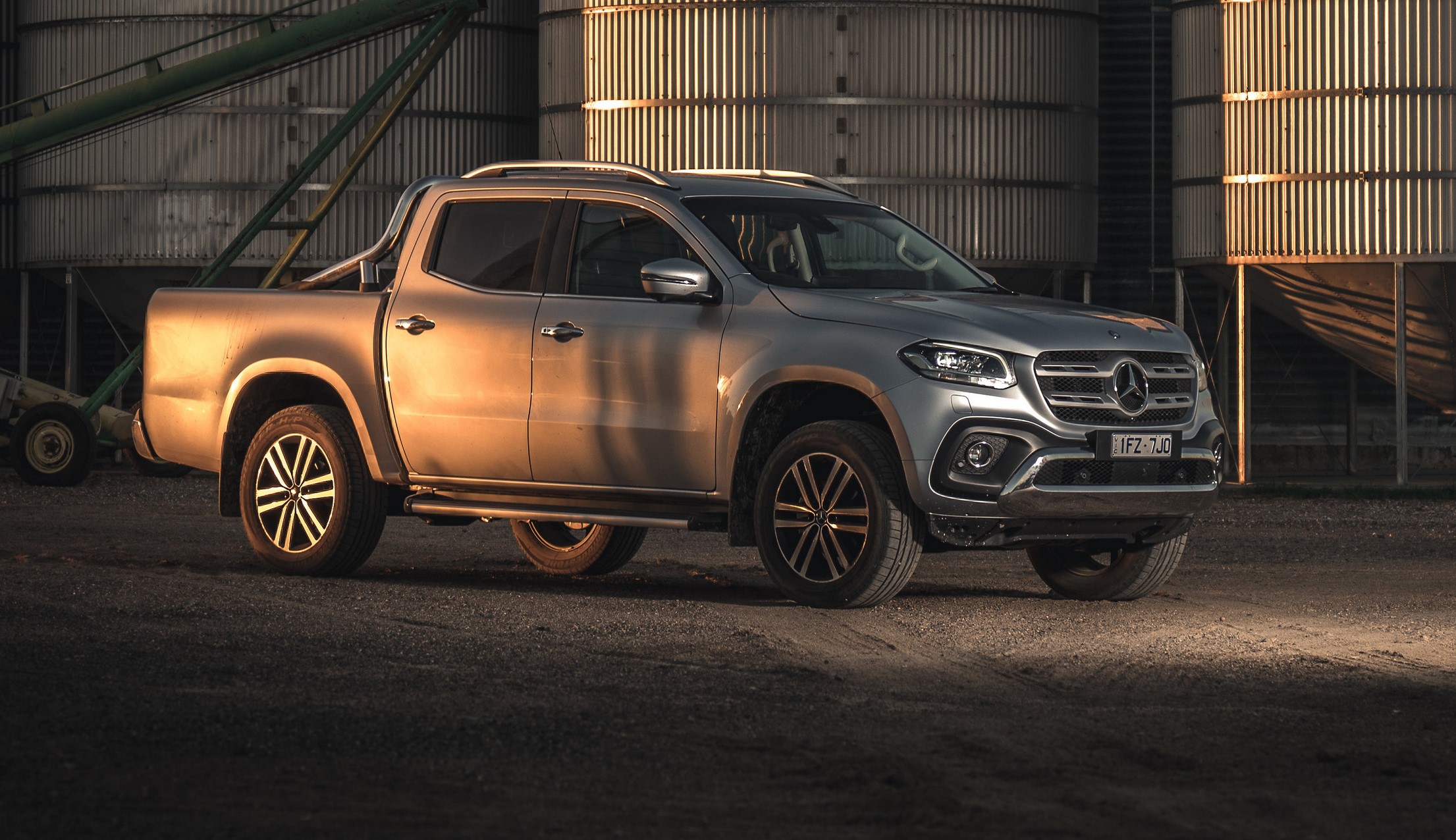Renault-Nissan-Mitsubishi’s and Mercedes’ alliance is faltering. Is this seemingly inevitable break-up the exception or the rule?
This is meant to be an era of cost-cutting via cost-sharing in automotive, yet the once seemingly far-sighted alliance between Renault-Nissan-Mitsubishi and Mercedes-Benz, agreed back in 2010, appears to be withering before our eyes.
Earlier this month, Mercedes announced it was moving production of the A-Class out of the Mexican manufacturing plant it shared with Nissan sibling brand Infiniti back to Germany. In May, it halted production of the Nissan Navara-based X-Class pick-up truck in Spain. Prior to that, Mercedes’ part-sale of Smart to Geely made a next-generation collaboration with Renault, on whose Twingo its cars are based, highly unlikely. The Infiniti Q30, based on the A-Class, ceased production in the UK in 2019. The list goes on.
At launch, the partnership was headlined as having the potential to save almost $3 billion between the firms across five years, but less than a decade later, you can’t help but look at its slow demise and wonder if the extended death throes are the result simply of a need to lower the costs as each party finds the most practical path to extracting itself, hoping all the while that everyone will look the other way at what ultimately is a fairly humiliating situation.
What’s less easy to fathom is whether the now seemingly inevitable split is the exception or the rule for future alliances. After all, the automotive world is littered with examples of failed alliances, usually highly complex in their failings but often stripped back to reveal an inability for global megabrands – or at least the oft-changing leadership of them – to accept either equality or subservience in the long term.
To that end at least, Renault-Nissan-Mitsubishi and Mercedes offer some insight. For a period, the ‘Dieter and Carlos show’ was an annual tribute to the power of bonhomie, as Messrs Zetsche and Ghosn sat down in front of the world’s press to outline their next steps together. Once-a-year handshakes and grins may not have made the world turn, but the strength of the personalities did appear to be enough to provide a sticking plaster over the relationship even as the long-term viability of some of the projects started to look shaky. As both men exited stage left, one retiring into the sunset and one retiring, briefly, to a Japanese prison cell on charges he denies, so too the cracks appeared. Coincidence or consequence?
Most will argue a divorce was inevitable, a result of changing ambitions and over-ambition, Mercedes beset with too-small profits and too-big future investment requirements, Nissan and Renault out of love and in turmoil, their share prices tumbling as much as a result of their own bickering as any weaknesses in their respective plans. But in a period that, we’re reminded daily, is unprecedented in its challenges, you also have to wonder – and worry – why automotive collaboration usually ends in tears.
Jim Holder




